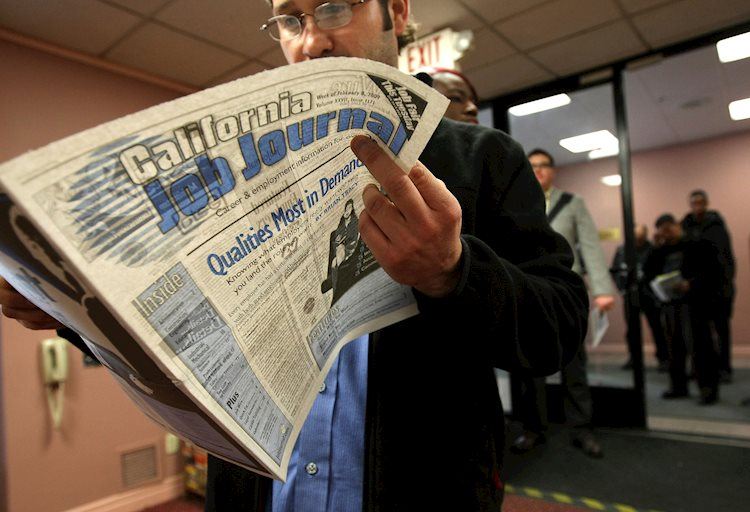The Storm at Home: America’s Insurance Crisis in 2025
Is our American dream becoming too expensive to maintain? The numbers tell a story that might keep you up at night. Home insurance premiums are set to rise by an average of 8% nationwide in 2025, pushing the typical annual cost to $3,520 according to Insurify’s 2025 American Homeowner Insurance Report. This marks a 20% climb in just two years, driven largely by the growing fury of Mother Nature and her increasingly violent mood swings.
As my daddy used to say down in Texas, ‘When the wind blows hard enough, everybody pays for the damage.’ And pay we will.
What’s behind these soaring home insurance rates?
Is climate change the primary culprit in this financial squeeze? The evidence points strongly in that direction. Insurance companies across the country are adjusting their risk models as hurricanes howl with greater intensity, wildfires rage through once-safe communities, and hailstorms pound properties with increasing frequency. These aren’t just occasional calamities anymore—they’re becoming as regular as sunrise in many parts of America.
The hard facts: rates have jumped 20% over the past two years alone. For many American families, this isn’t just a line item on a budget—it’s becoming a genuine financial burden that threatens housing stability.
Which states are feeling the most severe impact?
Is your state among those facing the steepest increases? The pain isn’t spread evenly across our nation. Louisiana residents face the harshest reality with a crushing 27% projected increase. The Bayou State’s vulnerability to hurricanes and flooding has transformed it into an actuarial nightmare for insurance carriers.
California follows with a 21% expected rise, as wildfires continue to threaten homes from the northern forests to the southern hills. The Golden State’s relationship with fire has always been complex, but now it’s becoming financially unsustainable for many homeowners.
The heartland isn’t being spared either. Iowa and Minnesota, once considered relatively safe from extreme weather, are both bracing for 15% increases. Iowa has seen a shocking 133% surge in hail events between 2022 and 2023. Meanwhile, Minnesota has weathered $18 billion in weather disasters from 2022 to 2024.
As I’ve covered stories from coast to coast over the decades, I’ve seen the American landscape change—literally and figuratively. These numbers aren’t just statistics; they represent families making painful choices at kitchen tables across the nation.
What other factors are driving these increases?
Is climate change the whole story? No—though it’s a major chapter. Construction costs have rocketed upward, fueled by persistent inflation and tariffs on building supplies. When a home needs repairs after damage, the price tag is substantially higher than it was even three years ago.
Insurance companies themselves are part of this equation too. After years of losses in high-risk areas, many are completely rewriting their pricing models. Some have withdrawn entirely from certain markets, creating coverage deserts where competition once helped keep prices in check.
The math is both simple and devastating: fewer providers plus higher risks equals soaring costs for the average homeowner.
How will these changes affect everyday Americans?
Is this just about a higher bill in the mail? The implications run deeper than that. In states with the highest increases, mortgage affordability is becoming a serious concern. The combined cost of principal, interest, taxes, and now dramatically higher insurance premiums is pushing homeownership beyond reach for many working families.
Small business owners face a double burden—higher costs both at home and for their commercial properties. Many find themselves caught in a vice grip between rising operating expenses and the need to maintain adequate coverage.
For those already stretching their budgets, these premium hikes force difficult choices. Some homeowners may be tempted to reduce coverage or increase deductibles to manage costs—gambling that disaster won’t strike their particular address.
As we’ve seen throughout American history, these financial pressures don’t affect all communities equally. Lower-income neighborhoods and communities of color often face disproportionate impacts, widening the gap between the haves and have-nots.
The rising cost of protecting our homes is more than a pocketbook issue—it’s becoming a social one, with implications for who can afford to buy property and where they can afford to live.
For many Americans, the insurance bill arriving in their mailbox next year will bring home the reality of climate change in a way that no news report or scientific study ever could. The crisis that once seemed distant is now literally hitting home.
That’s the way it is in America’s housing market as we look toward 2025—challenging, changing, and charging more for the security we once took for granted.
Disclaimer: General Information & Accuracy
This blog provides general information and discussions about insurance and related subjects for informational purposes only. It is not intended as professional advice, including but not limited to financial, legal, or medical advice. We strive for accuracy, but laws, regulations, information, and best practices constantly evolve, and unintentional errors can occur. Therefore, we make no warranties about the completeness, accuracy, reliability, or suitability of the blog content. Always consult with a qualified professional for advice tailored to your specific situation. Any reliance you place on this information is strictly at your own risk.





